A collaboration between documentary filmmaker Neil Halloran and Nobel Peace Prize — Research and Information, this short data-driven film simulates a nuclear blast in a major city in order to tally the estimated deaths that would result. Using data from leading researchers and highlighting present day technology developments, the film illustrates the very real danger nuclear weapons still pose to humanity and life on Earth.
Category: military – Page 137
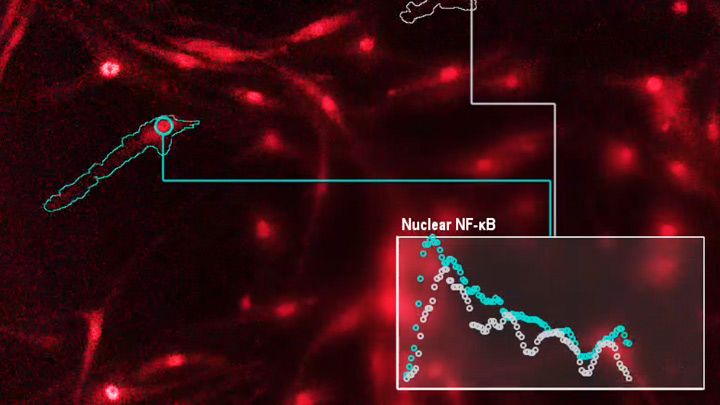
Immune Macrophages Use Their Own ‘Morse Code’
In the language of Morse code, the letter “S” is three short sounds and the letter “O” is three longer sounds. Put them together in the right order and you have a cry for help: S.O.S. Now an NIH-funded team of researchers has cracked a comparable code that specialized immune cells called macrophages use to signal and respond to a threat.
In fact, by “listening in” on thousands of macrophages over time, one by one, the researchers have identified not just a lone distress signal, or “word,” but a vocabulary of six words. Their studies show that macrophages use these six words at different times to launch an appropriate response. What’s more, they have evidence that autoimmune conditions can arise when immune cells misuse certain words in this vocabulary. This bad communication can cause them incorrectly to attack substances produced by the immune system itself as if they were a foreign invaders.
The findings, published recently in the journal Immunity, come from a University of California, Los Angeles (UCLA) team led by Alexander Hoffmann and Adewunmi Adelaja. As an example of this language of immunity, the video above shows in both frames many immune macrophages (blue and red). You may need to watch the video four times to see what’s happening (I did). Each time you run the video, focus on one of the highlighted cells (outlined in white or green), and note how its nuclear signal intensity varies over time. That signal intensity is plotted in the rectangular box at the bottom.
Finally: Here’s American New 6th Generation Fighter Jet
The future of fighter jets is coming, seemingly with more international power and disruptive technologies than predicted. As the US forges ahead to become 1st nation field sixth-generation fighter jet, other major air forces fear falling behind in the competitive race. The US, Europe, Japan, and China have made unbelievable investments looking for unique next-level capabilities like stealth, robust avionics, and navigation systems to present the most technologically advanced fighter jet. But one particular trend is crucial for all 6th gen prototypes. Artificial Intelligence is about to begin a new era of air combat.
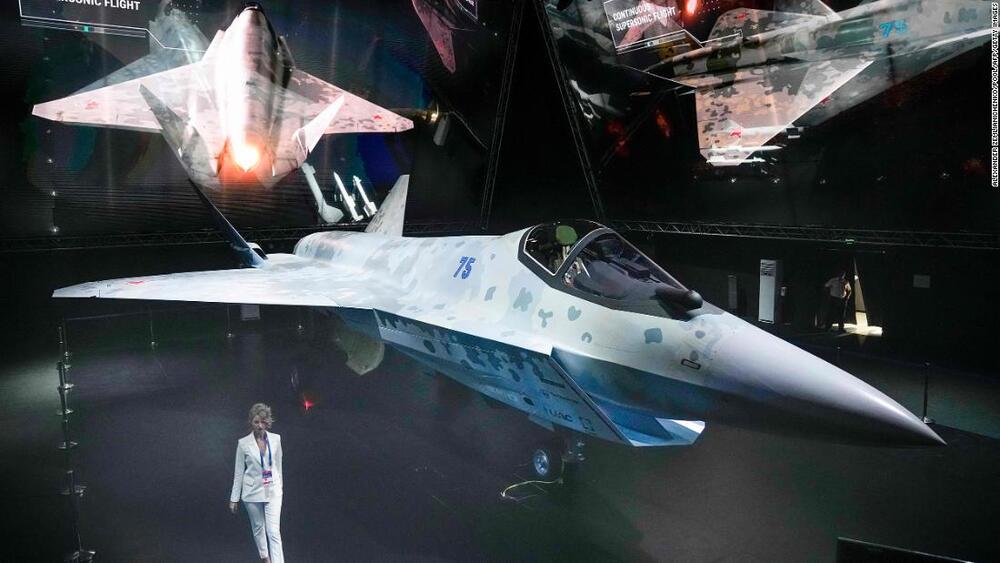
Russia unveils new ‘Checkmate’ fighter jet
The company’s head, Slyusar, also touted the aircraft’s features on Russian state TV, describing the planes as “unique in their class” and adding that they have “a combat radius of 1500 kilometers, the largest thrust-to-weight ratio, shortened takeoff and landing, more than seven tons of combat load, which is an absolute record for aircraft of this class.”
Russian President Vladimir Putin got a sneak peek of a new fifth-generation lightweight single-engine fighter jet at an air show just outside of Moscow on Tuesday.
Russian aircraft makers unveiled a prototype of the stealth fighter dubbed “Checkmate” for the 68-year-old leader at the MAKS-2021 International Aviation and Space Salon in Zhukovsky, ahead of its official unveiling later in the day, according to a statement from Rostec, the state-owned military giant which is responsible for exporting Russian technology.
The head of Rostec, Sergey Chemezov, and the general director of United Aircraft Corporation (UAC), Yury Slyusar, presented the warplane to Putin at the exhibition pavilion of the Sukhoi company.
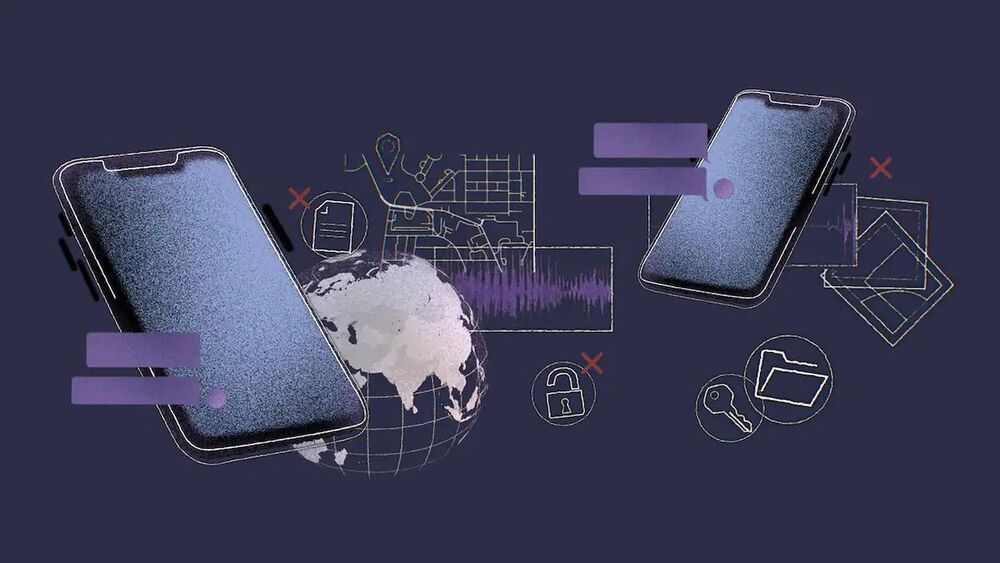
Private Israeli spyware used to hack cellphones of journalists, activists worldwide
Military-grade spyware licensed by an Israeli firm to governments for tracking terrorists and criminals was used in attempted and successful hacks of 37 smartphones belonging to journalists, human rights activists, business executives and two women close to murdered Saudi journalist Jamal Khashoggi, according to an investigation by The Washington Post and 16 media partners.
The phones appeared on a list of more than 50000 numbers that are concentrated in countries known to engage in surveillance of their citizens and also known to have been clients of the Israeli firm, NSO Group, a worldwide leader in the growing and largely unregulated private spyware industry, the investigation found.
The list does not identify who put the numbers on it, or why, and it is unknown how many of the phones were targeted or surveilled. But forensic analysis of the 37 smartphones shows that many display a tight correlation between time stamps associated with a number on the list and the initiation of surveillance, in some cases as brief as a few seconds.
US Marines testing high-tech drones flying low-tech military grenades
The US Marine Corps are testing tiny drones capable of performing a range of duties – including striking remote enemy targets with military-grade grenades. The application adds another reason to react fast to any buzzing sounds swiftly approaching from above… See More.
US Marines test the Australian Drone40, a high-tech, multifunctional drone capable of delivering military grenade payloads above targets.
The Greek Laser Weapon That Hits Drones Every 2–3 Seconds
The inventor of the first robot in Greece, Konstantinos Soukos, has pushed Greece into a new era by creating laser weapons that target drones.
When the inventor and businessman Konstantinos Soukos built the first robot in Greece in 1985, he did not imagine that 36 years later he would supply many military forces across the world.
One of the newest creations that stands out at the DEFEA 2021 Defence Exhibition in Athens is the High Energy Laser Weapon developed by the Soukos Robots company which promises to transfer energy at lightning speed.
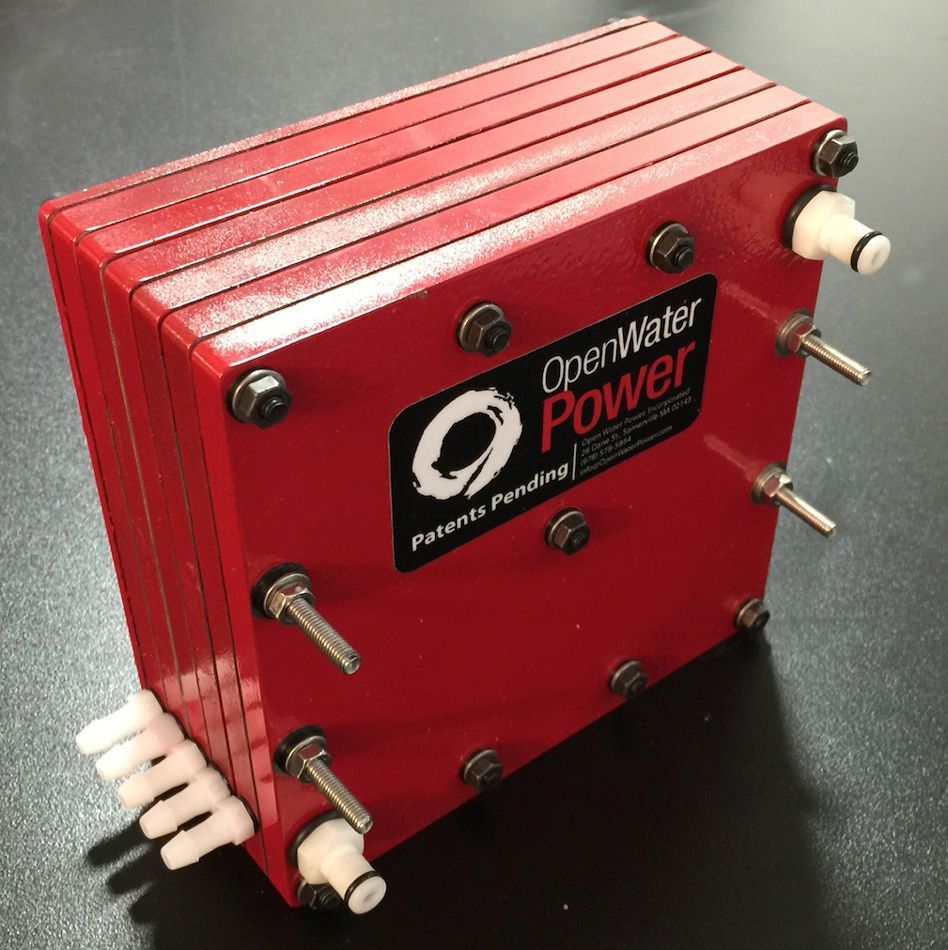
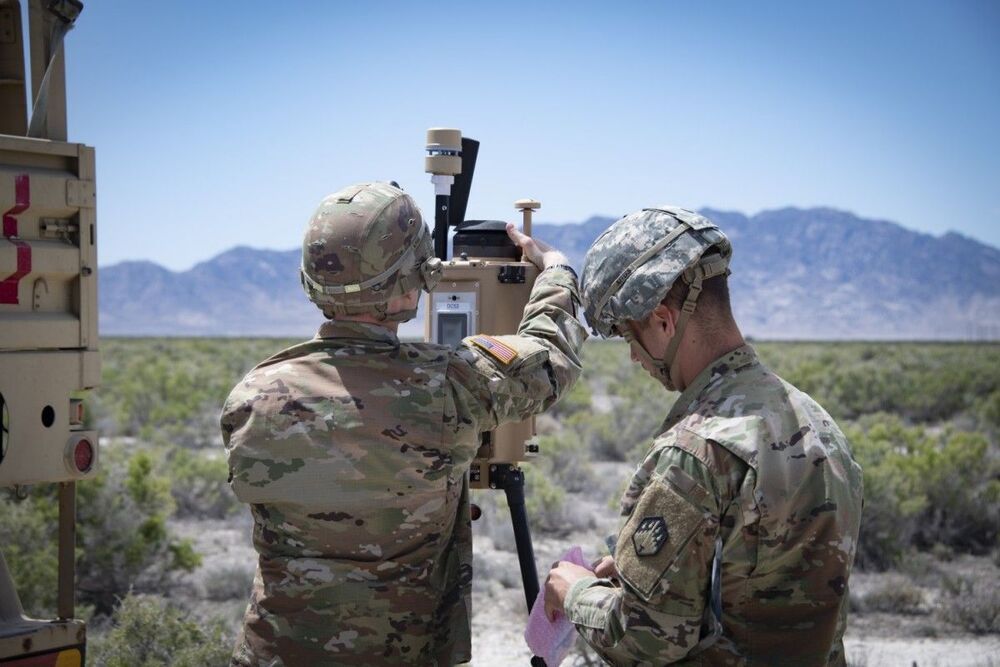
Soldiers, Marines test new chemical, biological systems at Dugway
Soldiers and Marines teamed up to test new tactical biological detection and chemical contamination systems that aim to keep service members safe. The systems indicate when chemical agents are present so decontamination can take place.
DUGWAY PROVING GROUND, Utah — Soldiers from Fort Drum and Joint Base Lewis-McChord teamed with Marines from Camp Pendleton to test new tactical biological detection and chemical contamination indicator systems here.
Soldiers with the 59th Hazard Response Company and 13th Combat Sustainment Support Battalion along with Marines from the 3rd Marine Air Wing went hands-on with the Joint Biological Tactical Detection System (JBTDS) and the Contamination Indication Disclosure Assurance System (CIDAS), which indicates chemical agent contaminants so proper decontamination can take place.
“These two operational tests have given my company the opportunity to focus on our critical war-time collective tasks of site assessment and decontamination and refine our tactics, techniques, and procedures,” said Capt. Ryan Oatman, company commander of 59th Chemical, Biological, Radiological and Nuclear (CBRN) Hazard Response Company.
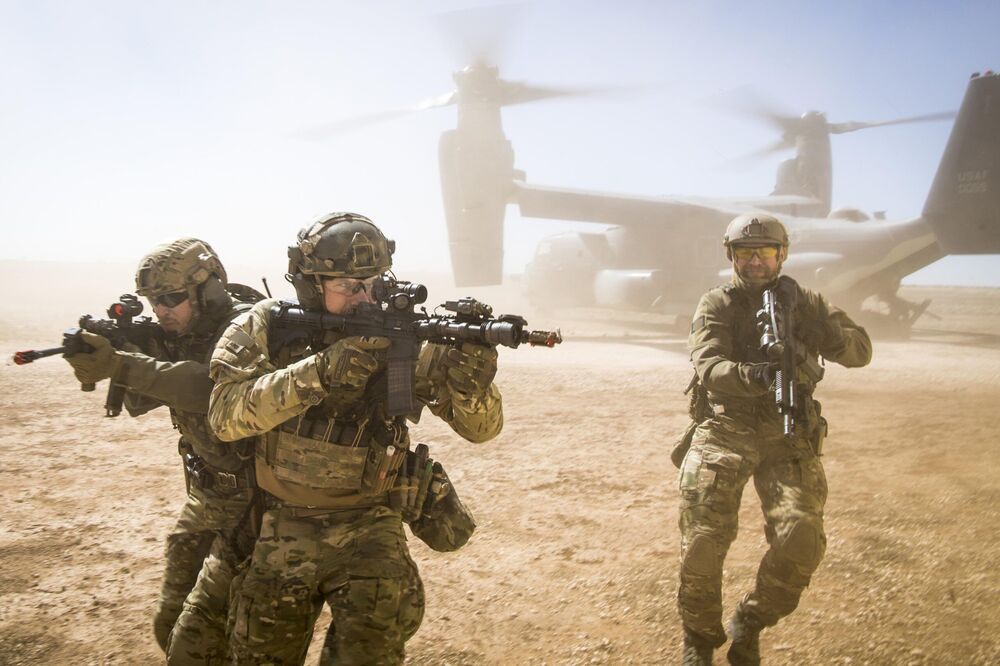
U.S. Special Operations Command to Test Anti-Aging Pill
The U.S. military says it is months away from launching clinical trials of a pill designed to block or reduce many degenerative effects of aging—an oral treatment that a leading researcher in the field says is better than nothing while questioning how effective it will ultimately prove.
U.S. Special Operations Command (SOCOM)—which develops and employs Special Operations Forces worldwide to advance U.S. policies and objectives—has “completed preclinical safety and dosing studies in anticipation of follow-on performance testing” of a first-in-class nicotinamide adenine dinucleotide, oxidized state (NAD+) enhancer, a small molecule drug being developed by Metro International Biotech (MetroBiotech), Navy Cmdr. Timothy A. Hawkins, a spokesperson for SOCOM, told GEN.
SOCOM and MetroBiotech are set to start clinical trials during the 2022 federal fiscal year, which starts October 1.